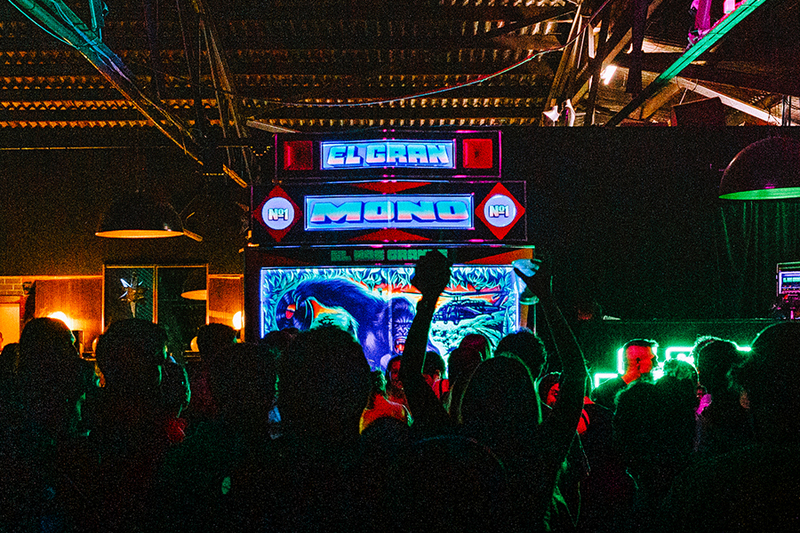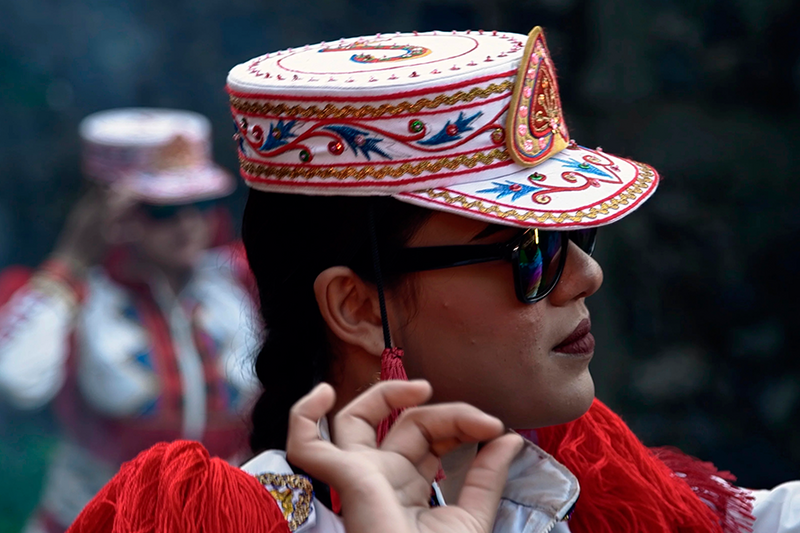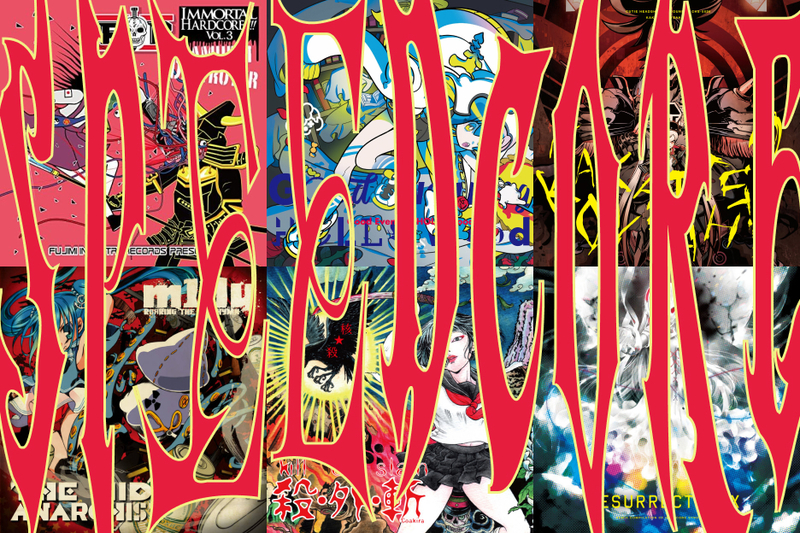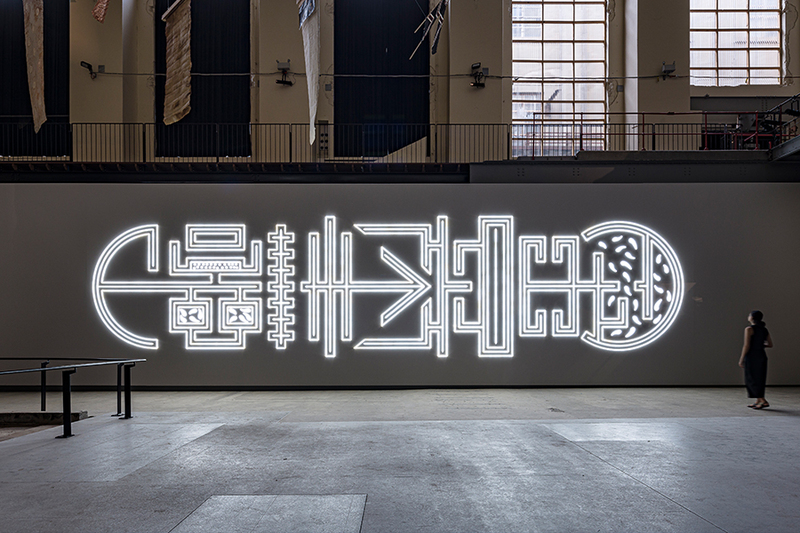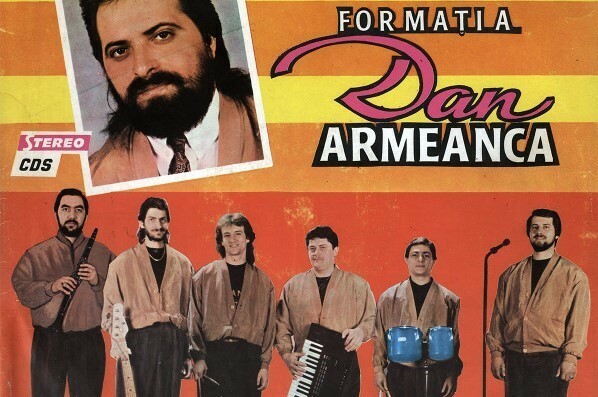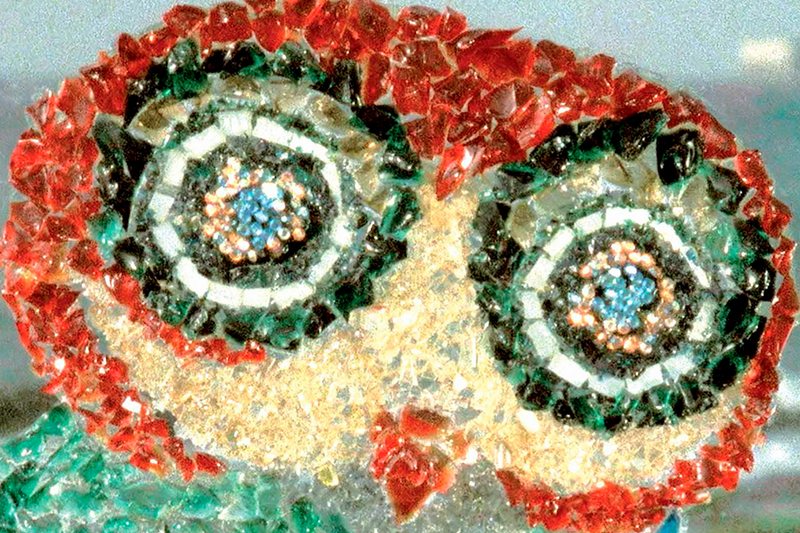
EastEast managing editor Kirill Rozhentsov digs deeper into the history of the Angolan electronic music genre that originates in the times of a bloody post-colonial civil war. The evolution of kuduro is a vivid example of how complex transregional power relations may define the development of a niche culture, propelling it into the limelight of international recognition.
One’s first encounter with kuduro might be low-quality YouTube videos of African youth dancing and rhyming to a terse beat in the back alleys of Luanda musseques—slums and housing projects accommodating the urban poor of the Angola's capital. With knowledge of the country’s history of Portuguese colonial violence, three decades long civil war, the failure of the socialist state model, and general poor living conditions, it could be interpreted as a manifestation of persistent self-expression in the face of hardships. After all, kuduro literally translates to “in a hard place” or “hard-ass.” However, the nature of this cultural phenomenon is much more nuanced, in many ways defined by the complex relationships between global and local contexts. Closer inspection of its evolution may reveal the underpinning social dynamics influenced by war, migration, political control, and international trade interests.
Early kuduro in some ways shared a hopeful utopian vision of early house and techno, as the civil war began to subside and short-lived ceasefires came into effect during the 1990s
The first generation of kuduro music producers (traditionally called kuduristas) became popular in Luanda clubs in the 1990s. The dance of the same name, however, appeared before the genre formed, drawing inspiration from traditional Angolan dances and, according to the kuduro pioneer Tony Amado, the iconic scene from the 1989 film Kickboxer, featuring Jean-Claud Van Damme awkwardly moving to soul music while fighting off a band of thugs in a bar. According to Amado, the dance originated in the war-torn Angolan province of Malange, which by some accounts was at the same time linked to the international media and foreign aid, giving locals access to different forms of Western pop-culture. Producers and DJs, who contributed to the solidification of the music component, were not kids from the slums, but children of middle-class Angolan families who had the means to travel and study abroad and were consequently exposed to house and techno music and had access to studio equipment: Tony Amado, for example, recorded his debut in Boston. Some scholars assert that this early kuduro iteration in some ways shared a hopeful utopian vision of early house and techno, as the civil war began to subside and short-lived ceasefires came into effect during the 1990s.
The next generation of kuduristas found themselves in different conditions: the former socialist People’s Movement for the Liberation of Angola (MPLA) won the civil war in 2002 and solidified its power, but this came at a great cost. As brutal warfare was ravaging the country during the 1980s and the 1990s, the rural population migrated to the capital or abroad in search of better life. This contributed to the growth of musseques and development of the informal economy in Luanda, which existed in parallel to the rationing system and official culture directly funded and controlled by the state. The diaspora expanded into Portugal and Brazil, while new relations flourished on the Angola's capital outskirts: for example, the illegal outdoor market Roque Santeiro emerged literally on top of a huge garbage dump. This change, coupled with the appearance of relatively affordable personal computers, internet access, and pirated Fruity Loops audio recording software in the early 2000s, created an environment for new musical opportunities.
Early 2010s brought yet another change, as the Angolan political establishment recognized and sought to harness the power of kuduro
The DIY approach to music production and distribution became widespread in Angola, and the genre simultaneously enjoyed popularity in Europe and Latin America. Aspiring kuduristas, drawing inspiration from American rap and Afrohouse (among other genres), recorded their releases in shack studios after working shifts as drivers, street food vendors, and contraband peddlers; the music was shared via Bluetooth on mobile phones and played at market stalls and in taxis, often featuring lyrics with “beefs” (rappers from different city areas insulting each other); videos were filmed in public spaces and often included participating crowds, and were then uploaded to YouTube. The genre continued to steadily receive international recognition, the process culminating in the Sound of Kuduro single and video, released by Portuguese-Angolan band Buraka Som Sistema in 2008 and featuring famous British performer M.I.A. alongside local rappers.
Early 2010s brought yet another change, as the Angolan political establishment recognized and sought to harness the power of kuduro. Investments poured into the country, its growing economy fueled by oil exports; the Roque Santeiro market was permanently shut down by the government. Instead of rigid cultural curation via edicts and government offices, a new approach was invented. Two sons of then-president and leader of the MPLA José Eduardo dos Santos established production studios and agencies promoting kuduro via the selection and airing of records on radio stations and through the aptly named I Love Kuduro festival. The official goal was to rebrand Angola abroad as the country became more involved in international trade, and to find a new image, one less associated with war, poverty, and corruption. The other aim, however, was to use the popularity of the genre locally for political ends. For example, the most popular kudurista at the time and leader of Os Lambas collective, Nagrelha, spoke at the MPLA’s rallies during the 2012 election campaign and gathered crowds of Luanda residents. For this service, he received gifts from both government officials and the president himself.
New generation of DJs . . . started developing a new “underground club” sound, often remixing earlier kuduro hits or using similar samples and rhythms, but deconstructing the genre and giving it a new eerie and somewhat nostalgic spin
This marked the partial transformation of the genre into the means of social visibility and mobility, allowing musseques’ dwellers to strive for the recognition and prosperity that could be achieved through kuduro. An inflow of money controlled by the government further fuelled the genre’s development and popularity among listeners abroad. One of the symbols of the new kuduro was Titica, considered to be the first openly transexual artist from Africa to achieve international fame,—an unbelievable feat considering the often misogynistic content of kuduro lyrics and heavily sexualized image of women featured in videos. Born in Luanda, Titica studied ballet and started as a break-up dancer for other female-led acts such as Noite e Dia and Própria Lixa, before becoming a singer herself. Another example is Pongo, who was also born in Luanda, but migrated to Portugal with her parents to escape the civil war. In her teens she survived a suicide attempt after falling from the seventh floor of a building, and found out about kuduro after stumbling upon dancers in Lisbon while on her way to physical therapy. She started singing and developed a glossy futuristic image, one which starkly contrasted with the genre's previous aesthetics. Another important outcome was the formation of a new generation of DJs and producers of African descent who were born and raised in Europe. Often with little direct connection with the Angolan context, they started developing a new “underground club” sound, often remixing earlier kuduro hits or using similar samples and rhythms, but deconstructing the genre and giving it a new eerie and somewhat nostalgic spin.
So, kuduro has come full circle: starting as an offshoot of early techno and house sonic utopias adapted to the local context, it first became the integral part of musseques’ environment and internet phenomenon, then conquering the international pop charts supported in part by the Angolan government’s interests, and finally finding its way back to the clubbing scene as a spectral memory that melds its African heritage with contemporary approaches to sound experimentation.
Further Reading
Moorman, Marissa J. “Anatomy of Kuduro: Articulating the Angolan Body Politic after the War.” African Studies Review, 57 (2014), P. 21-40.
Sheridan, Garth. “Fruity Batidas: The Technologies and Aesthetics of Kuduro.” Dancecult: Journal of Electronic Dance Music Culture, 6/1 (2014), P. 83-96.
Young, Hershini. “Sound of Kuduro Knocking at My Door: Kuduro Dance and the Poetics of Debility.” African American Review, 45/3 (2012), P. 391-402.
Tomás, António. “Becoming Famous: Kuduro, Politics and the Performance of Social Visibility.” Critical Interventions: Journal of African Art History and Visual Culture, 8/2 (2014), P. 261-275.
